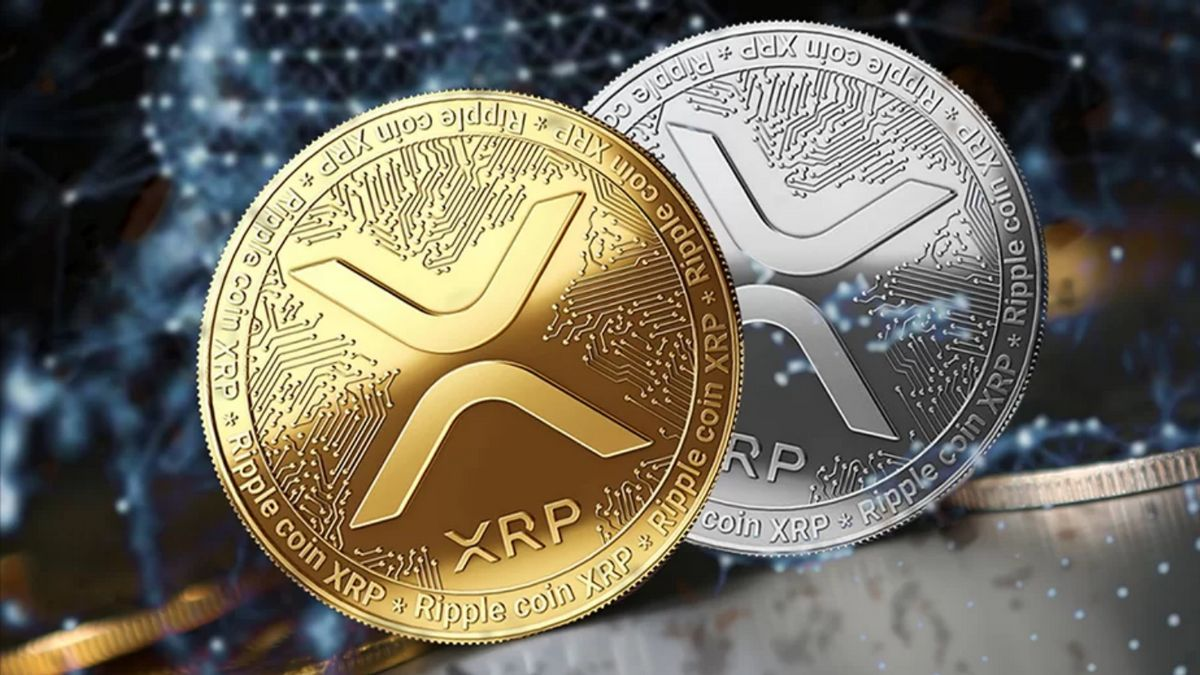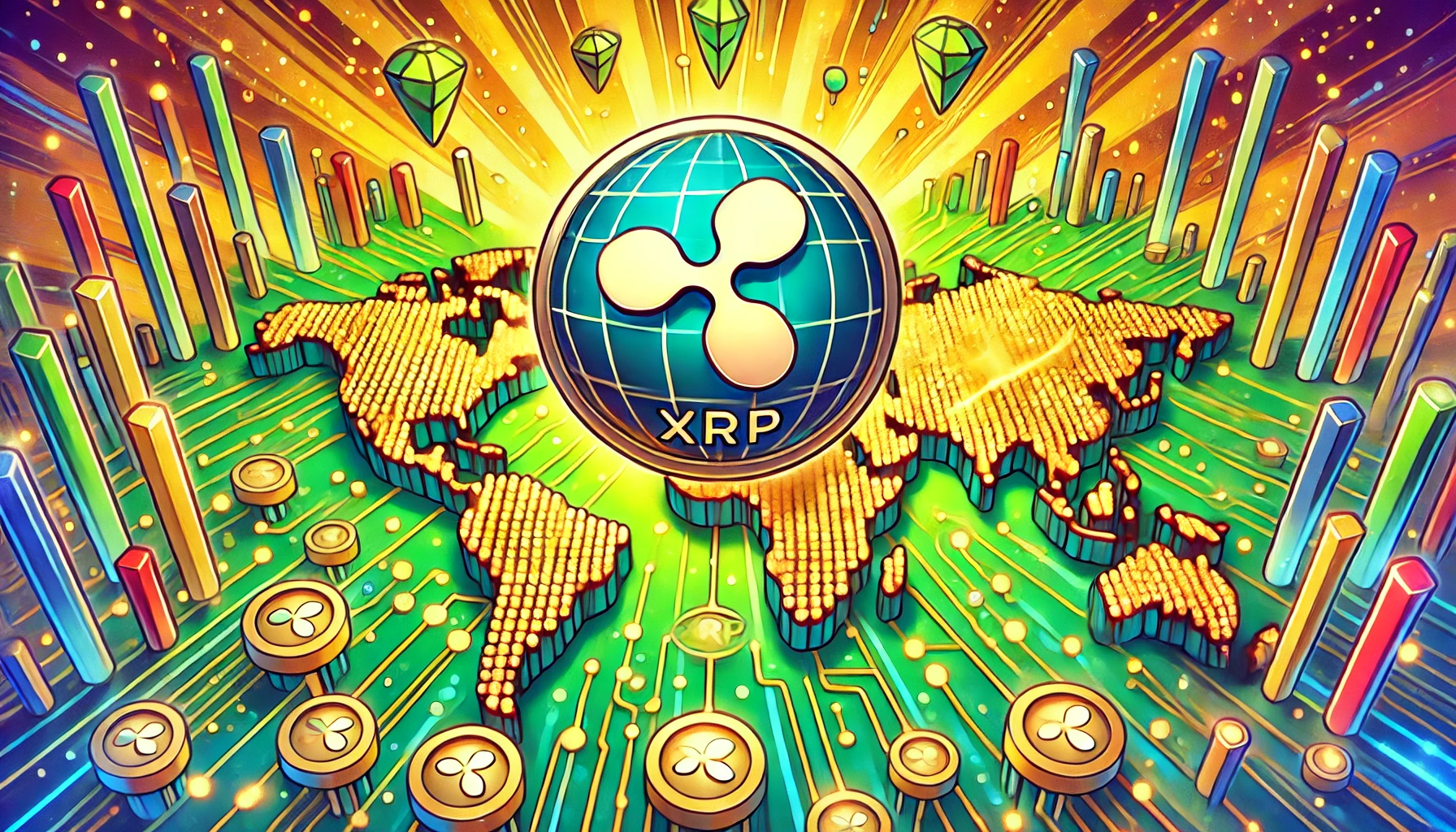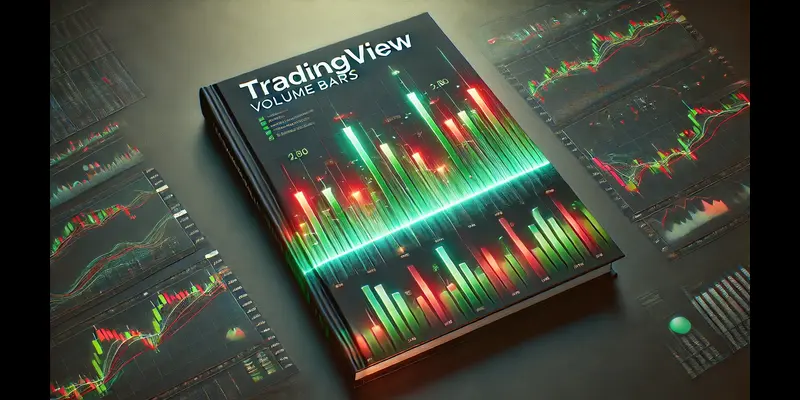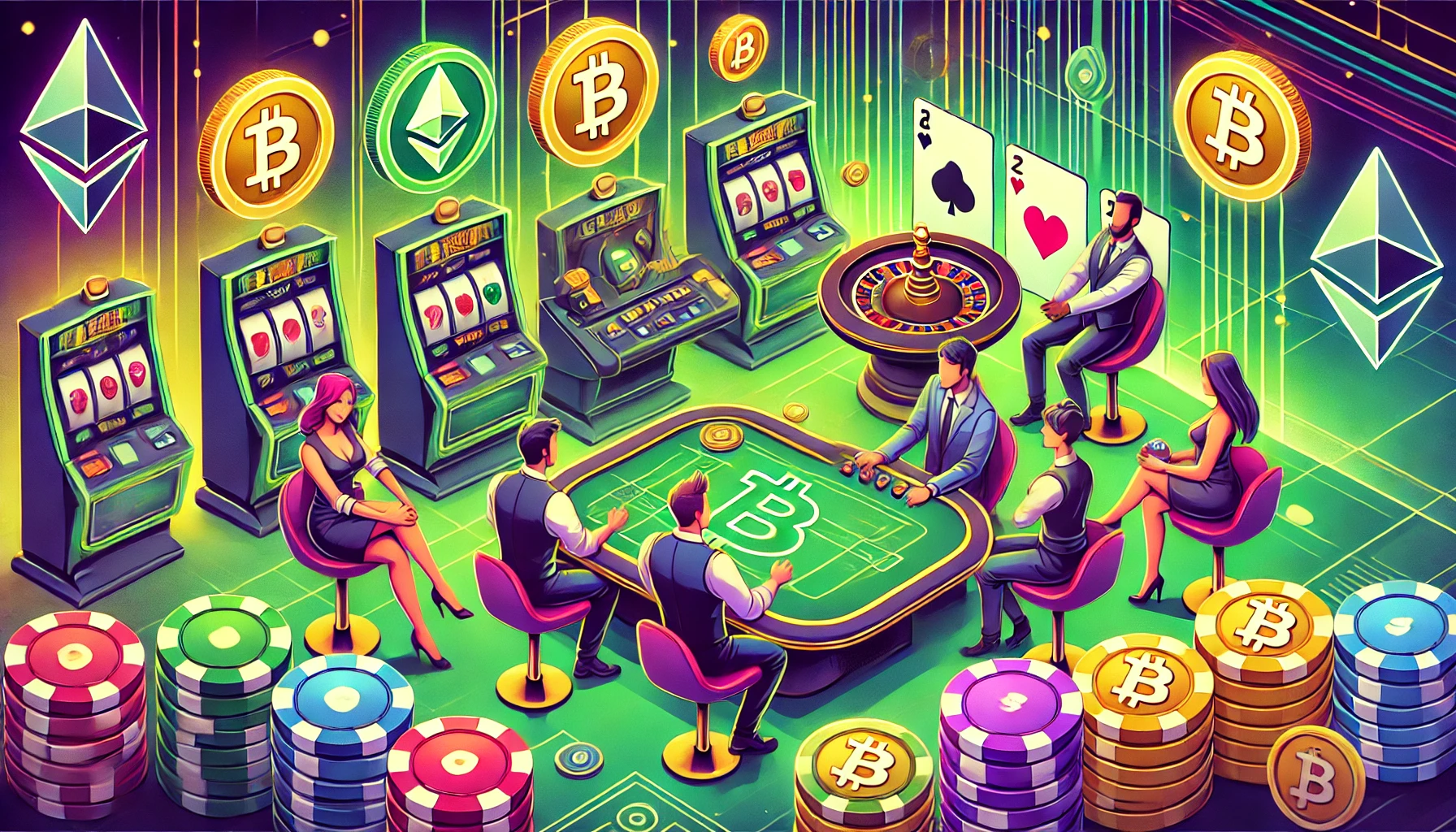Bitcoin isn’t exactly known for its speed, it sucks with making fast cross-border payments. In fact, bitcoin can take you a good 10 minutes to confirm your transactions, and that too with relatively high fees. That’s why, in 2012, Jed McCaleb, David Schwartz, and Arthur Britto developed the XRP ledger to provide Bitcoin users a lifetime privilege of making real-time speedy transactions. XRP ledger supports its native token, XRP, and aims to make payments easier, faster, and fully secure on a global scale.
According to CoinMarketCap, XRP crypto is now ranked as the 7th best digital cryptocurrency to invest, boasting a total market cap of $33.66 billion.
Unlike traditional Blockchain systems, XRP processes transactions efficiently within a timeframe of 3-5 seconds at a lower cost, thanks to its Ripple Protocol Consensus Algorithm (RPCA). XRP crypto basically has win-win offers for its users, letting you make payments fast with full security, having affordable fees, the best market value, and having good energy incentives compared to Bitcoin. Pretty cool, right?
But how XRP Token was developed? Let’s move ahead and take a look at its origins.
History of XRP & Ripple
As we told earlier, the XRP token was introduced to address the inefficiencies in the global financial system. However, it didn’t launch suddenly. The origin of XRP crypto dates back to 2004 when an idea about a decentralized monetary system, now Ripple, was conceived by Ryan Fuger but it was officially launched in 2012 when the two guys known as Chris Larsen and Jed McCaleb introduced Ripple Founded Labs to develop major protocols for global transactions.
XRP ledger — this was the core of Ripple’s decentralized technology, operated on the RPCA algorithm, to ensure speedy transactions. In 2012, the same year, these developers formed XRP tokens that were digital assets to make payments on the Ripple Bitcoin network.
With partnerships with major finance companies like Standard Chartered and American Express, this decentralized system gained significant attention and by 2017, Ripple’s technology was integrated into many more institutions, owing to its reliable features. Thus, in 2018, Ripple’s technology introduced On-demand Liquidity (ODL) which allowed the XRP ledger to be a bridge currency in international transactions. Thus, Ripple gained more traction and was adopted by 300 more finance sectors across 40+ countries.
Today, the total supply of XRP tokens has surpassed 100 billion USD and is capable of making 1,500 transactions per second. No wonder why XRP crypto ranks in 7th place among the best crypto altcoins!
Now, let’s see what sets XRP tokens apart from other currencies.
Ripple Vs Bitcoin — Which’s the Best?

You can’t conclude which cryptocurrency is the best. Bitcoin (BTC) has its own benefits on a global financial scale. However, XRP Token is highly preferred if your primary needs are fast transactions, low upfront fees, cross-border payment, scalability, etc. Look at the table below for quick differences between XRP Ripple and BTC.
How does the XRP ledger work?
XRP ledgers operate on an RPC algorithm that’s way too different from the traditional Proof-of-Work (PoW) and Proof-of-State (PoS) mechanisms. This distributed ledger technology helps support the transfer of the tokens that usually represent fiat currencies, whether crypto coins or whatever unit of value. XRP ledger is an open-source network so anyone can access it without any restriction that allows everyone to incorporate the Ripple network protocols.
XRP ledger employs a system where all the independent validators reside. These validators agree on the order of transaction by comparing their versions of the ledger to further confirm the XRP Ripple transaction within 3-5 seconds. These validators aren’t individual beings instead it’s a large-scale network that has major finance companies, universities, big businesses, and highly-valuable entities. These validators come with conditions i.e. supermajority (80%) agreement. This ensures that all the XRP crypto transactions will be less energy incentive and highly accurate.
After the validation, the XRP ledger does the transaction process. A user makes the transaction to the XRP network which is sent to HUB. A hub is an information store or a relay that helps in broadcasting the transactions and state changes. Then, all the validators on the XRP ledger evaluate the transaction state. Once 80% of validators confirm the transactions’ accuracy, it gets added to the ledger. It’s permanent with no reverse systems and doesn’t even require multiple confirmation stages — indeed a win-win altcoin with transaction transparency to invest.
Key Features of XRP Ripple
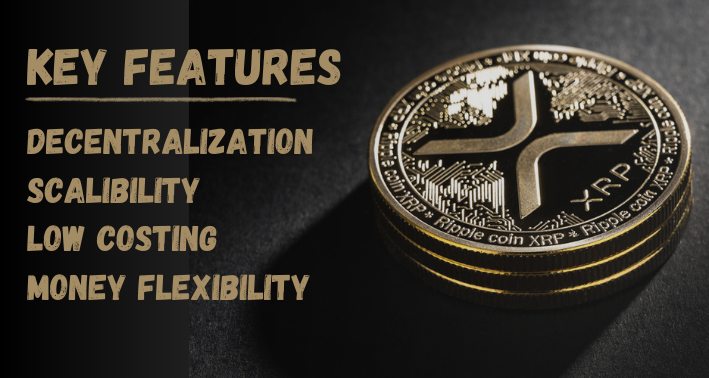
The XRP ledger didn’t gain this millions of supply without any reason. Its key features offer many advantages to its users. Let’s look at a few of them:
Decentralization
a) Validators
XRP works through its global network of almost 150 independent validators. As we have seen earlier, these validators are major financial institutions, not some separate entities. All these validators operate different nodes on the Ripple technology network and each of them gets opportunities to participate and confirm the transaction in the consensus. XRP’s validators aren’t bound by any mining pools that can charge them some good XRP tokens. Instead, they are geographically free from the centralization system, unlike Bitcoin.
b) Consensus System
Operating on the Ripple Protocol Consensus Algorithm (RPCA), the XRP ledger at least demands 80% validators to validate the payment exchange for confirmation. The decentralization system of the XRP ledger grants its validators Unique Node Lists (UNLs), which the node operator chooses. This UNL process ensures that no single entity entirely controls the ledger and dominates the consensus system.
Unlike PoW and PoS mechanisms, RPCA is unique. It’s an open-source network that’s a big leverage over Bitcoin. Anyone can modify the XRP Ripple code and is allowed to be a validator to propose the transactions. This decentralization is helping the ledger to invite a diverse global community without any institutional and geographical restrictions.
Scalability
a) Transaction Efficiency
Discussing the scaling capabilities of XRP crypto, its transaction timing comes first. We have discussed that XRP only takes 3-5 seconds to process your payments that’s a big advantage over other cryptocurrencies. The best part? XRP ledger can facilitate 1,500 TPS and it couldn’t be a joke, right? This calculation has overtaken BTC’s 7 TPS and Ethereum’s 30 TPS by a significant margin. The high TPS rate helps in quick cross-border payment that’s why the XRP token’s supply has reached a total supply of 100 billion.
b) Transaction confirmation
The XRP crypto exchange doesn’t take more than 5 seconds, giving tough competition to Blockchain and Ethereum whose transaction takes a good 10-15 minutes to process. This quick process helps avoid network congestion, so the XRP ledger can accommodate a large volume of applications such as remittances, cross-border payments, and micropayments without any outrage. Also, less network jamming indirectly contributes to the scalability of the XRP system even during peak usage hours.
Low Costing
a) Transaction fees
This is the main concern when choosing to invest in the alt cryptocurrency. If the transaction fees are high, the user will probably hesitate to make more transactions which is a loss for the Bitcoin network ultimately. However, that’s not the case with XRP tokens. It costs you as little as USD 0.0002, which equals 0.00001 XRP. This makes the XRP ledger the best and most cost-efficient token to invest in.
Even if you compare it to Bitcoin and Ethereum, they will cost you no less than $50 and will charge even more during peak hours. This costing mechanism in the XRP system makes microtransactions more practical. You can transfer little bits of money without losing a big portion of the fees. This facility even helps many small businesses that don’t deal with significant amounts of funds.
b) Anti-spam mechanism
The low cost of transactions also contributes to the anti-spam mechanism of the XRP ledger. As discussed above, your fee doesn’t go to any validators instead it’s burned to control the supply limit of XRP tokens. This ultimately helps prevent malicious actors from congesting the network with false transactions as an anti-spam agent. However, the transaction fee gets increased slightly under heavy network usage to make sure that only legitimate transactions proceed to validators. This way the low fee works as an anti-spam deter alongside maintaining the network efficiency for regular users and supporting scalability.
Money Flexibility
a) Support for multiple currencies
You can do numerous fiat and cryptocurrency transactions on the XRP ledger. It doesn’t limit you to XRP tokens only. It’s a bridge currency that facilitates exchanges between different currencies, providing leverage for cross-border payment with quick transactions. The traditional procedure of making fiat currency transactions includes pre-funded bank accounts which makes it a very complex procedure thus XRP Ripple is quite money-flexible which counts as its best-known key feature.
b) Decentralized Exchange (DEX)
DEX is another worth-mentioning key feature of XRP technology that sets it apart from other blockchain networks. This allows XRP users to trade tokens directly on the ledger. It operates without any authoritative party thus no one is the head in this decentralized environment. This helps reduce hacking and censorship risks and the best part is DEX’s security protocols are built on the ledger itself, making it a legitimate and full-secured platform to do investments. It also increases financial options, making the ledger a perfect versatile finance platform.
Use Cases of XRP Technology
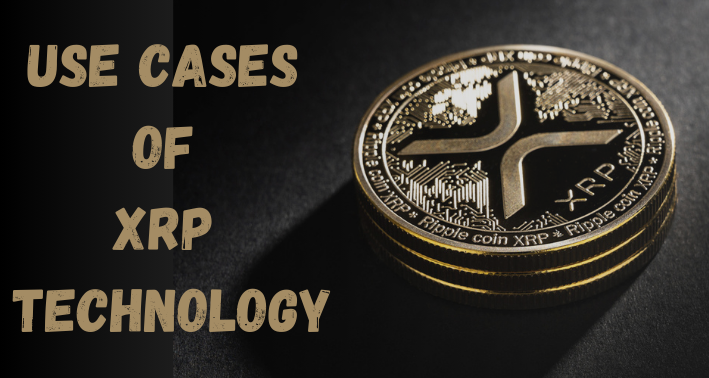
This alt-cryptocurrency has a market cap of around $33 billion. Its popularity is unmatched in the blockchain network owing to its market value, transaction efficiency, and future worth. Major financial institutions have already integrated Ripple technology into their system and enjoying money benefits. Its potential is also explored in the retail and e-commerce industry for an enhanced payment procedure. See below, these are all the institutions that adopted Ripple in their business for a better user experience.
Santander Bank, USA
One of the world’s renowned banks, Santander Bank, has been quite impressed since the early stages of Ripple, around 2018. They made a risky bold move and it worked in their favor. The XRP venture could have failed but Santander’s founder hoped that it might result in something revolutionary on global currency exchange. This Spanish subsidiary maximizes Ripple to its potential and introduced One Pay FX services that operate on Ripple’s blockchain technology. Santander’s founder aimed to simplify transactions between American and European customers. The cross-border transaction won’t take more than a day to process between both parties.
This finance institution started with Ripple’s xCurrent solutions but later they turned their heads to Ripple’s On-Demand Liquidity (ODL) solutions which helped XRP technology leverage their liquidity in cross-border payments as well. Thus, in 2021, Santander achieved a significant increase in its transaction speed alongside a 50% cut-off in high exchange fees. This early clientele gave Ripple all the legitimate hype.
PNC Bank, USA
Collaborated with Ripple in 2016, this bank trusted XRP to increase their user network speed. They had around 12 million users thus outages were common while making transactions. Ripple Technology helped fasten their cross-border payment that previously took days to process due to traditional payment networks, reliance, and intermediary banks. With the integration of Ripple’s xCurrent solutions, the payment settlement is reduced to a few seconds instead of days. This gave PNC an edge in the market to be superior in processing cross-border transactions among its competitors.
Standard Chartered Bank, UK
One of the most noteworthy collaborations of Ripple was with Standard Chartered Bank in 2016 to improve its payment efficiency. This UK subsidiary invested a heavy amount in Ripple Technology to maximize its strategy and modernize the cross-border infrastructure. This way Standard Chartered was able to extend its customer network to over 50 countries. It has even partnered with SBI Holdings (Ripple partner in Japan) to create a new cross-border trajectory between India and Singapore.
Bank of America, USA
Bank of America also had the privilege of implementing Ripple’s technology in its financial system. It joined Ripple’s Global Payment Steering Group (GPSG) in 2016 to improve its transaction efficiency, reduce costs, increase speed, etc using blockchain technology. Ripple’s On-Demand Liquidity (ODL) Solution reduced the need for intermediaries which helped BoA increase their capital and reduce costs. In November 2020, BoA’s Head of Global Banking openly discussed how compliance relations with Ripple Technology helped them achieve their digital transformation goals. This partnership is still ongoing with a focus on offering more innovative solutions to BoA.
Siam Commercial Bank, Thailand
This bank of Thailand has also been a major partner of the Ripple Network since 2020 to introduce SCB Easy. It’s an outward remittance service that helps align payments to more than 12 countries, making cross-border transactions accessible for all. SCB implemented Ripple Technology using Thailand’s PromptPay system that enables the user to send payments from South Korea and Japan to Thailand instantly. Siam Commerical also launched a mobile application with features like low fees, real-time payment tracking, high speed, security, and full transparency for both senders and recipients. This way SCB capitalized on its payment efficiency in Southeast Asia, making it the first bank in this region to adopt Ripple’s blockchain technology.
Economic Model of XRP Technology
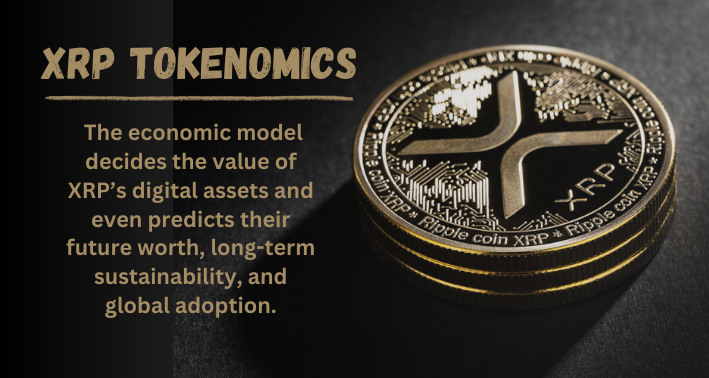
The economic model of XRP, or tokenomics, revolves around token distributions, utility support, and incentives under a blockchain ecosystem. This economic model decides the value of XRP’s digital assets and even predicts their future worth, long-term sustainability, and global adoption. We haven’t learned about tokenomics yet so let’s see in a bit detail.
Knowing how tokenomics works will help you understand how cryptocurrency works and generates. If you want to research the crypto market then Gemini Exchange will simply it for you even more. XRP has a fixed supply of 100 billion tokens which sets it apart from other currencies. These are pre-mined and no additional tokens can be created. Due to this limit, XRP tokens aren’t always in circulation. Instead, there’s a small fraction of these ripple coins are traded in different exchanges. Ripple Technology even has a system to burn the XRP they gain with transaction cost so that no validators can own them and the XRP ledger will work in the discipline.
According to Blockworks, XRP has a 56.1 Billion token supply of tokens in August 2024, representing more than half of the total circulation supply i.e. 100 Billion tokens.
XRP ledger has a smart distribution strategy that robustly controls the oversupply to prevent the devaluation of currency.
Now, let’s understand this tokenomics distribution according to CoinCodeCap.
As per the initial allocations, XRP was created with a total of 100 billion supply. The founders had 20 billion and Ripple Labs owned the remaining 80 billion XRP crypto tokens. To prevent overcirculation, Ripple came up with 55 smart contract ideas. Every 55 holdings is assigned 1 billion XRP and it’ll be released each month, this cycle will continue until 55 months. For now, almost 56 billion tokens are circulating and the rest is held in escrow.
As per CoinCodeCap, 60% of XRP tokens are under the 100 largest wallets, that’s making people think twice about the decentralized nature of Ripple.
This saturated ownership creates doubt about whether XRP is truly centralized as more than half of the tokens are now owned by some major entities. Also, Ripple owns a good 6.5 billion tokens even reducing the supply to some 47 billion tokens. This reduction is causing concern about the upcoming worth of XRP coins.
Additionally, XRP is also known to have a deflationary nature. A small portion of the fee is burned always while making the transaction that slightly decreased the total supply of 100 billion to 99.99 billion.
Conclusion – Is XRP a good investment?
Whatever you believe is good for you, it’s good for you. All the stats and figures are available on the internet. You can compare the XRP tokens with other currency’s metrics and see what gives you the best value.
However, in conclusion, XRP Ripple is so far the most suitable investment you can make. It’s ranked at the 7th spot among all the digital currencies with a $33 billion market cap. If you believe in modernizing the existing financial system but not changing it entirely, choosing XRP will be best for you. Ripple technology aims to enhance banking with its efficiency, cost-effectiveness, and faster cross-border transactions.
Other than that, this article has provided you with a comprehensive guide on how valuable XRP can be for you. The decision is yours in the end. Compare, analyze, and evaluate what fits you best. Happy Trading!
FAQs
Why XRP is dropping?
For over a year, Ripple’s lawsuit has been ongoing with the SEC. This is an American-based agency that says XRP isn’t some digital currency instead it’s a security, kind of a bond or stock. This argument has created a big legal battle that greatly affected XRP’s market reputation to some great extent.
As of now, XRP’s price has a reduction of 2.43% from the past 24 hours. It’s now trading at $0.582.
According to the media, this struggling price is either due to unpredicted market conditions or the legal certainties causing bad luck for the currency.
Is XRP a good investment?
High risk, high reward. With the currency market cap, it’s safe to say that XRP has high potential if you trade with a well-defined strategy.
Is XRP better than Bitcoin?
XRP is indeed a stablecoin with cheaper, faster, and more efficient features. It has less transaction cost and fast real-time speed, unlike Bitcoin.
Does XRP burn coins?
Yes. XRP has a built-in mechanism that burns coins to control its supply limit. If the coin supply increases, XRP can potentially lose its valuation thus this burning mechanism is integrated.
What are XRP wallets?
There are four types of XRP wallets available in the market. You have to choose considering your functional purpose and the level of security.
- Hardware Wallet
- Software Wallet
- Web Wallets
- Paper Wallets

 Educational
Educational  November 6, 2024
November 6, 2024  25 min.
25 min. 
